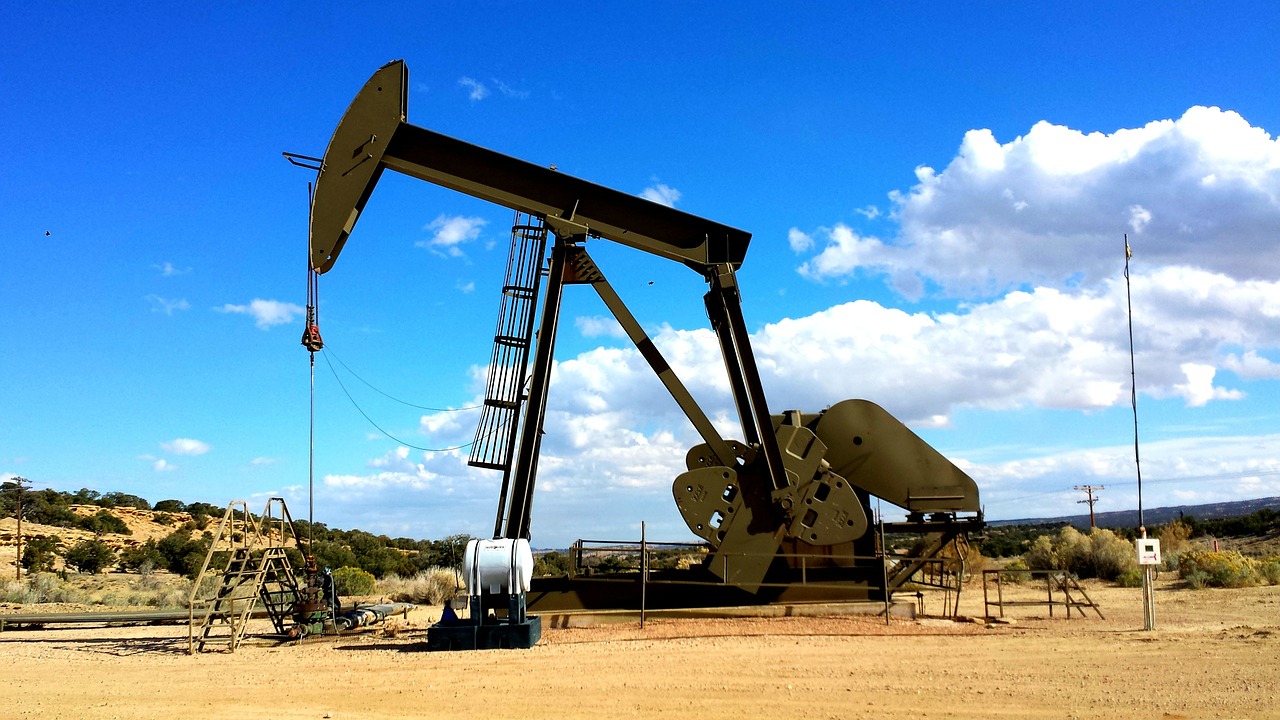
By Frank Andorka, Senior Correspondent
Sunrun officially announced its Florida leasing package only two months after getting its declaratory statement from the Florida Public Service Commission (FPSC) that would allow it to lease solar systems without penalty.
When the FPSC in April formally allowed Sunrun leasing customers to avoid becoming regulated utilities, the company formally announced that Florida residents can start receiving Sunrun leasing’s solar-as-a-service and Brightbox home battery beginning tomorrow. As hurricane season approaches, the battery backup systems should be attractive to Florida customers.
“Freedom is a value Americans hold dear,” said Lynn Jurich, CEO and co-founder of Sunrun. “In offering Floridians solar-as-a-service, households in the Sunshine State are given the freedom to make, control, and store their own energy.
“Unfortunately, too many Floridians have experienced first hand the effects of extreme weather and power outages,” she added. “Home solar and batteries provide peace of mind and backup power when disaster strikes, keeping food fresh and the lights on.”
The declaratory statement by the FPSC opened the floodgates for residential installers to race into the Florida market. Sunnova followed the statement by entering with its own loan product, while Vivint – the country’s third largest residential solar installer – has formally petitioned the FPSC for its own letter assuring its customers that they won’t become regulated utilities if they lease solar for their rooftops.
Installers will be targeting a solar market ripe for growth with unique challenges such as advanced building codes written around hurricanes. With wind speeds up to 180mph in some areas, the building officials will be looking at solar to comply with the robust codes that were put in place after Hurricane Andrew. The engineering will mean more roof mounts that have to be flashed properly to avoid roof leaks.
Proper installation tactics are key to the solar industry’s growth as building officials have already begun meeting together to ensure solar projects are engineered and built according to the plans. According to Navigant’s solar resource study, Florida’s residential solar market could reach 40 GW based on available space with good solar potential.
Sunrun’s decision to enter the Florida market is a no-brainer. Wood Mackenzie Solar Analyst M.J. Shiao says the company believes Florida will have more than 7 GW cumulative capacity by 2023. The numbers are so big even Tallahassee politicians – who are often beholden to the state’s powerful utilities – recognize the significance of Sunrun’s latest move.
“Sunrun’s new solar lease will give Central Florida residents greater access clean energy choices, lower energy costs, and continued momentum for local job growth in our state’s renewable energy market,” said State Senator Linda Stewart (D-Orlando) said. “This is the Sunshine State and Floridians should be able to take full advantage of an abundant, emissions-free energy source that contributes to a healthier community while remaining affordable.”


